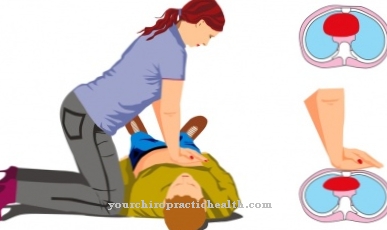Sleep is an important aspect of everyone's life. Adults sleep around 6 to 8 hours a day. The episode can be divided into several Sleep phases structure. Restful sleep can play an important role in overall health.
What are sleep phases?

There are two basic types of sleep: REM sleep and No-REM sleep. No-REM sleep, in turn, can be divided into further phases.
There are usually four cycles of the sleep phases during one night. The more time that is spent in sleep, the longer the REM episodes become. At the same time, these represent the time when people get involved in most dreams.
Thus sleep is a change of different phases. Deep sleep follows dream phases, which in turn can be briefly interrupted. In total, an episode lasts about 90 minutes. People wake up an average of 28 times. However, if the interruption lasts less than 3 minutes, the next morning's phenomenon is not recorded in the memory.
With certain medical devices it is possible to monitor sleep and to control which phase the person is in. Such examinations are carried out in a sleep laboratory using an EEG. The EEG measures the brain waves and records a completely differentiated image of the nerve activity in the waking state. Some complaints and illnesses make a stay in the sleep laboratory inevitable.
Function & task
Sleep helps the organism to recover. The range of tasks involved in the nocturnal rest has not yet been fully explored. What is certain, however, is that the brain does not rest during sleep. Instead, it is busy processing the impressions, experiences and experiences gathered during the day.
For some people, this process is partly expressed in the dreamed. The brain differentiates between important and unimportant information. While saving the relevant, it removes the irrelevant lines of thought. Such a processing process is not possible during the day.
In order to avoid hallucinations, the brain must be separated from all stimuli, as is the case at night. In the sleep phases, what has been learned is also processed and anchored in the brain, which has a positive effect on the learning effect.
Other tasks of sleep are to strengthen the immune system, regulate the metabolism, release growth hormones and relax the psyche.
The deep sleep phases are particularly important for a relaxed feeling the next morning. First, however, there is a sleep phase. A change in the brain waves can be observed here. These run longer and slower.
However, the falling asleep phase represents the transition, so sleepers can wake up easily in this episode. The perception of sensory impressions is reduced and the body already begins to relax. The heart rate and breath stabilize in general, and the muscles lose tension.
The first stage of the No-REM phase sometimes only takes a few minutes. The slackening of the muscles can lead to muscle twitching, which is often perceived as a feeling of falling.
In the second stage of the No-REM phase, deeper sleep gradually begins. While the eyes rarely move, the activity of the brain increases. There are fewer dreams during this phase. If they do make themselves noticeable, a reference to a real event can often be made.
Stage 3 continues the second phase of the No-REM episode and is completed by the deep sleep phase. This is where the active regeneration of various structures of the organism takes place. The body is in a state of maximum relaxation. The activities of the brain and eyes are reduced to a low level, the breath and heart move regularly. The most difficult time to wake a sleeping person is during the deep sleep phase.
You can find your medication here
➔ Medication for sleep disordersIllnesses & ailments
The majority of Germans have already become acquainted with complaints while falling asleep or staying asleep. There are different types of sleep disorders. Overall, however, they are expressed by a poor quality of nighttime rest. Affected people often feel tired, drained and powerless. The ability to concentrate is restricted, while the irritability often assumes a higher level.
The sleep rhythm can be disturbed for various reasons. These include, for example, shift work, depression and other difficult decisions that strain the psyche.
Most people with insomnia have insomnia (sleeplessness). On the one hand, there are difficulties falling asleep, on the other hand, sleep is often interrupted by phases in which the person concerned is awake. So at the end of the night there is a lack of sleep. Other patients, on the other hand, find sleep early, but spend it very restlessly and wake up early in the morning.
Insomnias are often triggered by lifestyle habits. The excessive consumption of coffee and alcohol, cigarettes, certain medications, but also chronic pain, cardiovascular complaints, hormonal factors, headaches and thyroid diseases are suspected.
On the other hand, people who snore often do not notice the interruption of sleep. Breathing pauses occur, which can lead to sleep apnea that is dangerous to health. This not only reduces the quality of sleep of the snorer, but also that of other people.
Restless legs, on the other hand, keep people from falling asleep due to a movement disorder. Those affected suffer from a tingling sensation that is often perceived as unpleasant. Most of the time, the symptoms are only relieved as soon as you get out of bed and start moving. In this way, sleep can be interrupted several times in one night.





.jpg)




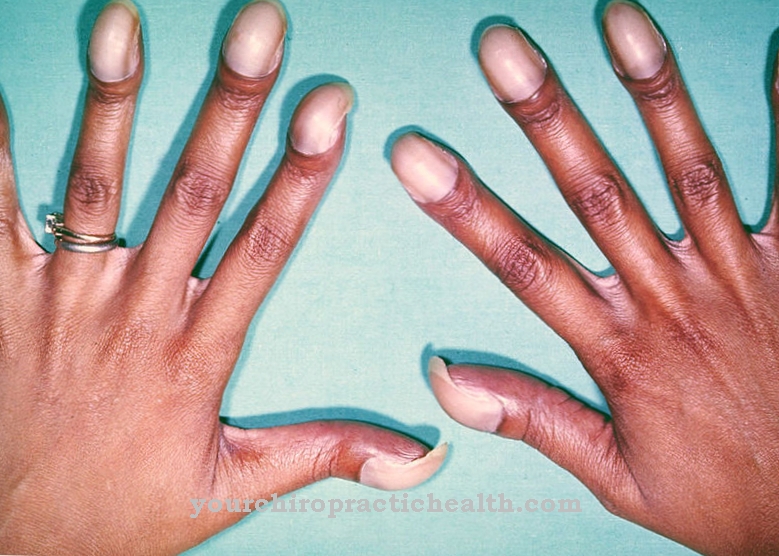

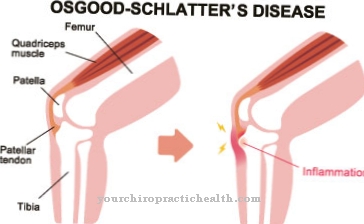


.jpg)




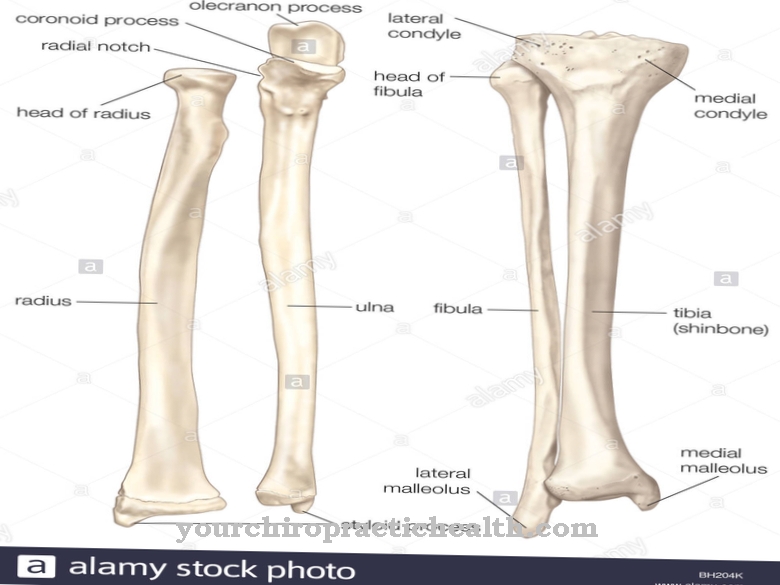
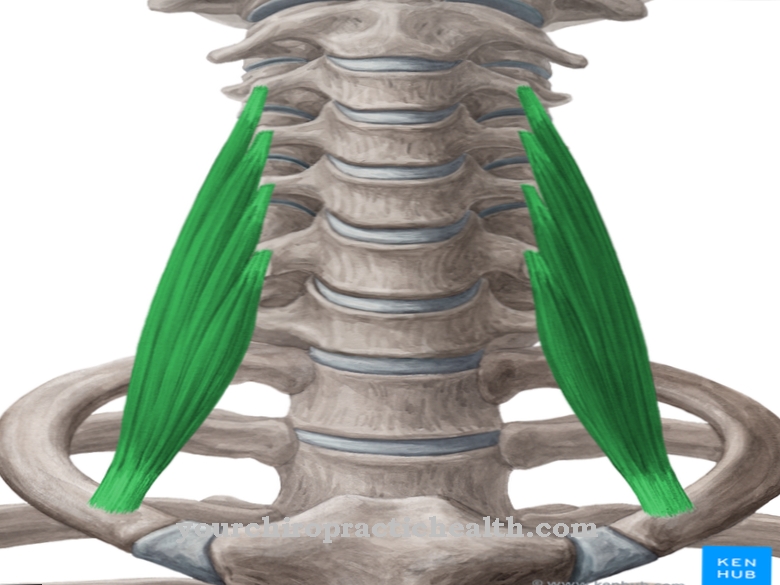

.jpg)

